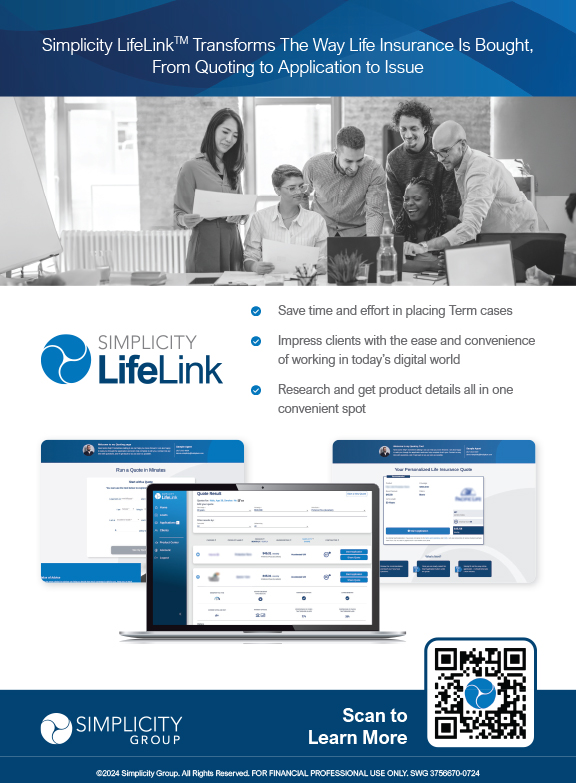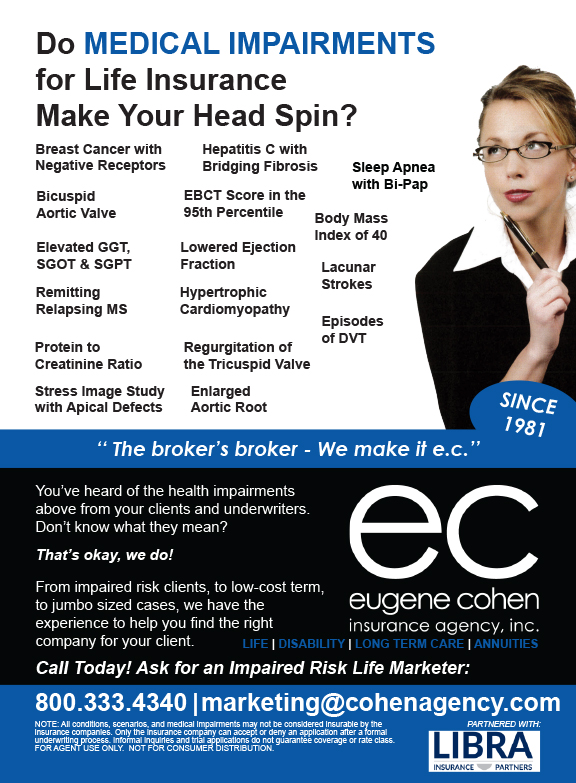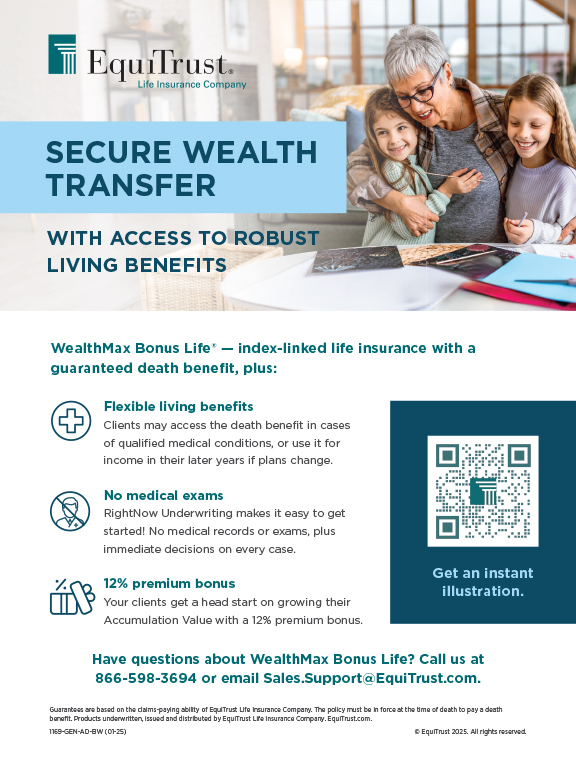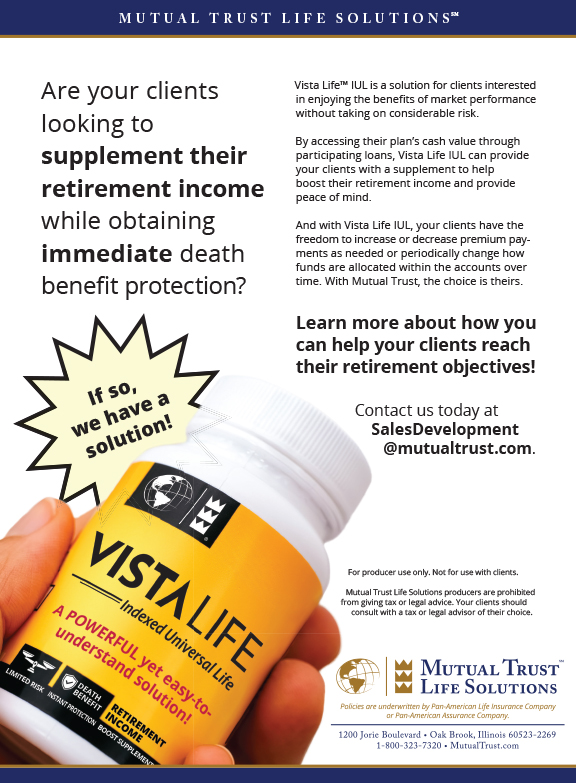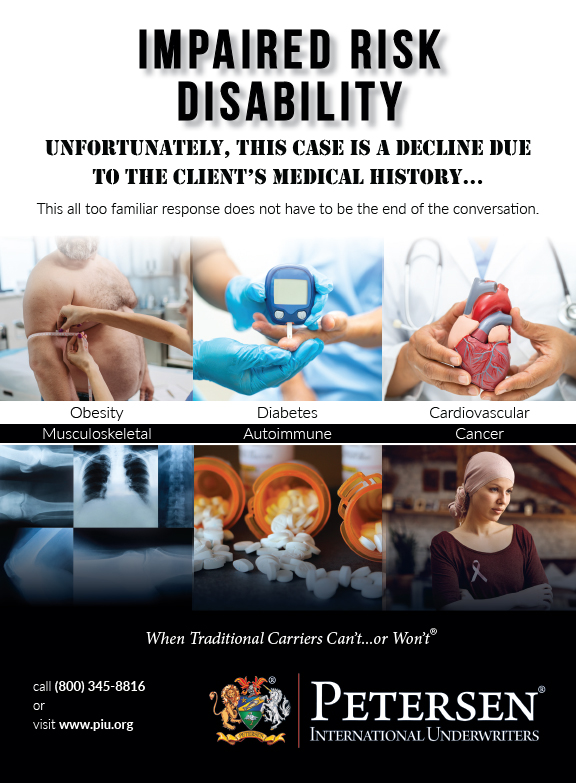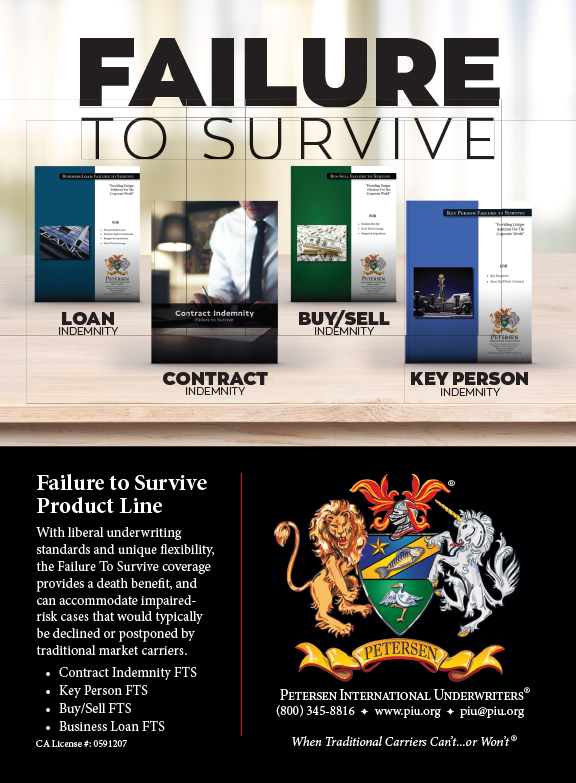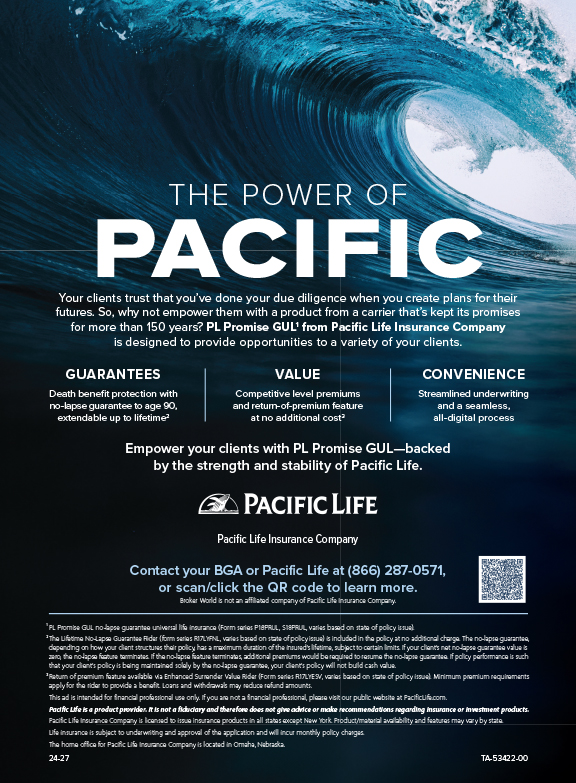In my June article, “The Fortune In Selling Disability Income Protection,” I discussed the tremendous market for disability income insurance. According to LIMRA, only 27 percent of American income earners have any disability income insurance in force beyond what is provided by Social Security or any state disability program. A survey conducted by a major insurance company indicated that approximately half of those who are insured with disability insurance are not adequately insured.
So What Does “Adequately Insured” Mean?
Personal economists who have studied income needs to a great extent believe that personal income replacement must be at least two-thirds of a wage earner’s normal gross income, or negative results will quickly develop. Our own industry stands by this same figure, as the traditional maximum issue and participation limit by insuring companies is also two-thirds of gross income.
As with many things in life, there are easy ways to do things and more difficult ways to do things. Disability financial planning is one of those processes of easy and hard. The easy way is to always make sure you have two-thirds of your client’s income protected. This is the only amount that can be considered as “adequate” coverage. If you are the type of advisor who enjoys drilling down and developing more specific detailed proof about what is adequate coverage for your clients, there are a number of tools available to assist you.
Excellent sources can be found either at the LIFE Foundation website, www.lifehappens.org, or at the Council for Disability Insurance Awareness website, www.disabilitycanhappen.org.
Remembering that only 27 percent of American wage earners have disability insurance and only half of them have adequate coverage, this is a slam-dunk opportunity for the professional insurance agent! These identifiable insureds may know that they have disability insurance coverage available to them, but they don’t typically know that the benefits are inadequate for their needs. This is a simple and affordable service to provide your clients. At the very least you will achieve a favorable interview, and chances are it will result in a sale of a supplemental disability insurance plan.
What To Do When You Cannot Provide Adequate Coverage
In today’s real world of higher incomes, a disability financial plan to provide your clients with a two-thirds replacement of their income often involves the need to blend two or more disability policies into their disability estate portfolios. Without a doubt, adequate income replacement will become confusing to your clients when all of the policy provisions are factored into the equation.
What are some of these factors? Let’s break this down based on three of the most common types of disability insurance available in the market:
Group Disability Insurance: Typically group coverage covers base salary only and does not include other income such as commissions, bonuses, incentive pay, retirement contributions, etc. The maximum monthly benefit is decided by the employer and/or the insurer and is often inadequate in amount.
Individual Disability Insurance: These policies are typically owned by the policyholder and can nicely supplement group disability coverage. However, as incomes increase, the amount of coverage offered decreases on the percentage of income replaced. Many people whose income is in excess of $100,000 may find themselves underinsured.
High Limit Disability Insurance: This type of coverage stacks on top of existing insurance or acts as primary coverage when traditional group or individual DI is not available and is often required to achieve the two-thirds income replacement standard.
Following is an example of a disability financial plan.
We all sometimes wonder why we must buy so much insurance. One thing is very clear to me after 64 years in the business: When a serious disability strikes, there is never enough money. The thing to remember, which should rekindle the feeling of need, is that DI is one of only a very few insurance plans that pay the insured directly.
• Life insurance pays a beneficiary.
• LTC insurance pays a nursing home.
• Medical insurance pays doctors and hospitals.
• Auto insurance pays a repair shop.
• Homeowners insurance pays contractors.
DI benefits are paid to the insured and spent by the insured in the way in which the insured sees fit!
To most of us, income is critical to our peace of mind and to a large extent our happiness. It is one of the most likely insurance needs, and yet it is too often overlooked or neglected.
Our duty as professional insurance purveyors is to help bring about an awareness of this crucial financial planning matter.








